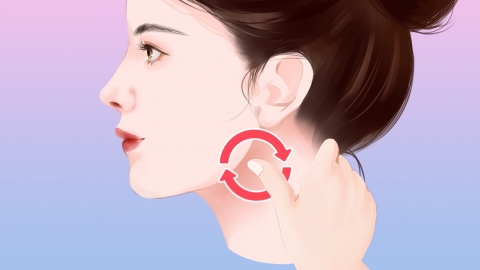What does a thyroid nodule category 4a mean?
Generally speaking, a thyroid nodule categorized as TI-RADS class 4a is a result from ultrasound grading, indicating a low possibility of malignancy, with a risk ranging between 5% and 10%. Further evaluation combining other characteristics is required. If abnormalities are detected, timely medical consultation is recommended. Detailed analysis is as follows:

Most thyroid nodules classified as 4a exhibit some suspicious malignant features, such as unclear margins, irregular shape, microcalcifications, or abnormal blood flow signals, but they do not fully meet the diagnostic criteria for malignancy. If the nodule is small and causes no significant compressive symptoms, fine-needle aspiration cytology may be performed initially. If the aspiration result is benign, regular ultrasound follow-ups every 3–6 months to monitor changes in the nodule are recommended. If the aspiration result is inconclusive, further management, including repeat aspiration or surgery, should be decided based on clinical symptoms.
A small number of 4a nodules may be malignant, such as those showing abnormal anteroposterior-to-transverse ratio, spiculated margins, or capsular invasion on ultrasound, with biopsy confirming thyroid cancer. In such cases, early surgical removal is required. Postoperative treatment plans should be formulated based on tumor staging, such as total or near-total thyroidectomy. Postoperative management may include adjuvant radioactive iodine-131 therapy or thyroid hormone suppression therapy to reduce the risk of recurrence.
Upon detection of a TI-RADS class 4a thyroid nodule, prompt consultation at a thyroid specialty clinic is advised. Further tests, including biopsy, should be completed to determine the nature of the nodule. Follow-up or treatment should be conducted in accordance with medical advice. Maintaining emotional stability and avoiding excessive fatigue are recommended in daily life. Immediate medical attention should be sought if symptoms such as rapid nodule growth or hoarseness occur.




